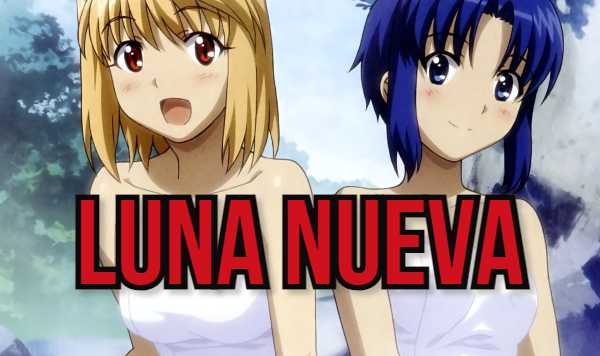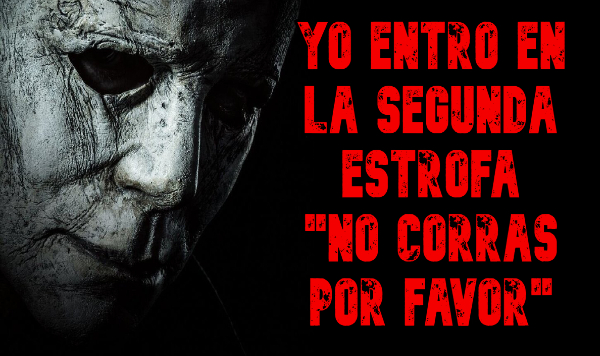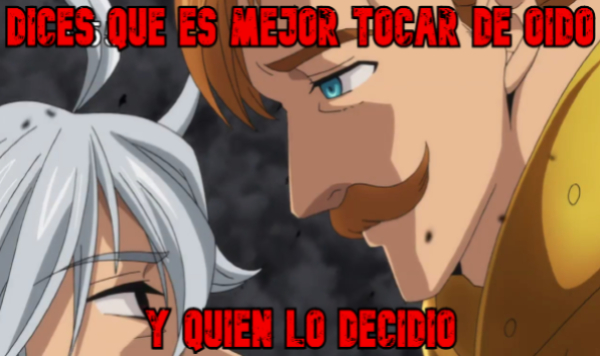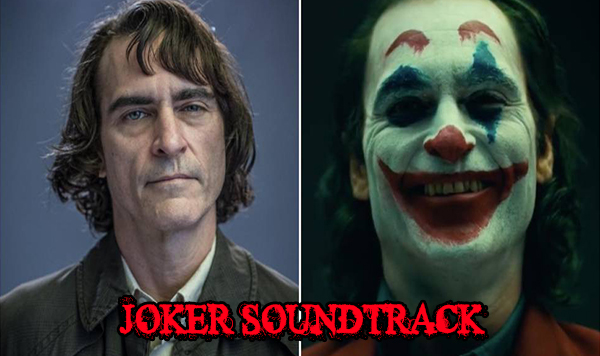
The Anime Kimetsu no Yaiba 鬼 滅 の 刃 gives us a great story, a spectacular animation and a wonderful soundtrack composed by “Go Shiina” and “Yuki Kajiura”. The theme “Nezuko” is raised in such a way that it represents aspects of this character very well, I will go on to explain one that caught my attention and that to achieve the objectives set uses “Re-harmonization” techniques.
In the beginning, the melody-Harmony relationship is very well tied, which serves to represent “nezuko” in his childhood state and all that it contains. The progression that accompanies the melody is in the key of Dm and is the following:
Bb | C | Am | Dm | Bb | Am | Dm | Dm |
Bb | C | Am | Dm | Gm | Am | Dm | Dm |
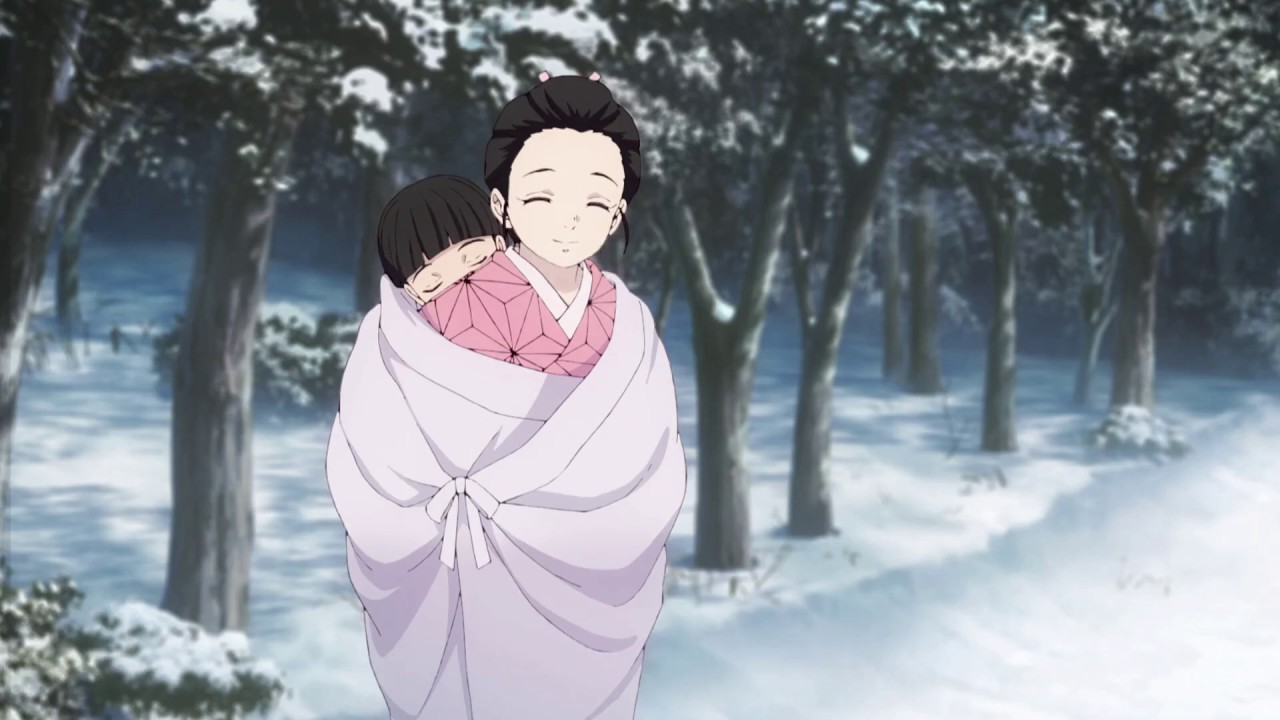
“Nezuko” when becoming a demon is correct that this harmonization with a Aeolian flavor cannot be sustained and a more adequate one is developed to represent that state but, be careful keeping the same melody!
In the 1st bar we had a Bb and it was re-harmonized with a Bb / D nothing strange for the theory anymore, the effect of putting the note that is the tonal center in the Bass and in the 1 bar leads the ear to feel that that note It is not an inversion but rather the fundamental head of the chord, thus changing the sensations of the other notes to form a “Dm (# 5)” chord that produces a lot of tension in the listener, moreover, it carries this sensation even to replace the C of the 2nd measure.
The 3rd bar we have an Am that has a wind cadence effect, its objective is to go to Dm, this section is re-harmonized with Cadd9 - C # 7 thus creating a more desperate cadence to reach Dm (basically the C # needs to go to D in key of D minor)
The 5th bar surprises by replacing our Bb with G / B since this chord is borrowed from the Doric key of D (the use of Doric chords is very interesting to invite you to feel that all this comes from remote times)
On the 6th bar we again have an Am that is going to go to Dm, which is reharmonized with a Bbmaj7 which is valid if it somehow reaches Dm, let’s say Bbmaj7 - Dm / A but … what comes is too
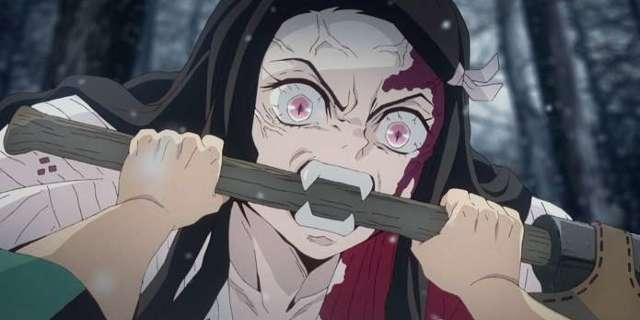
My favorite part min 0:40, 7th bar, Dm, hope to feel rest in that bar and use chords that share notes with the diminished Auxiliary chord (instead of falling directly to Dm a little tension is created by first using the D ° 7) and creates a lot of unevenness using Ab ° 7 - B ° 7 to create a slight rest already in measure 8 ° with Dm / A that does not last at all since it begins its course towards F (bIII) through “G 7 no b5 “(explaining this chord would go back to traditional harmony)
9 ° 10 ° 11 ° 12 ° bar and everything is out of control now instead of giving a dark feeling, create a light to the character using F (this effect is typical when replacing an Im with the bIII) and from there continue your course with F / E - F / Eb G / D guided by the chromatic descent of the bass.
13th bar keeps it the same 14th replaces the Am (always in cadential position) with C / G to create a different cadence towards Dm more, it does something very used by Japanese authors; fall into Dsus and end up changing the mode to D major (which could be a tremendous spoiler). being that way:
Dm (# 5) | Dm (# 5) | C - C # 7 | Dm - Dm / C | G / B | Bbmaj7 | Ab ° 7 - B ° 7 | Dm / A - G ° 7 no b5 |
F | F / E | F / Eb | G / D | Gm7 | C / G | Dsus4 | D |
The music of this anime is a great adventure, in fact this melody has several re-harmonizations and arrangements according to the context which greatly nurtures having the possibility of listening.
Good luck
- Dr Teenitus -
Video: Pablo Bobadilla Rider (Dr. Teenitus)
